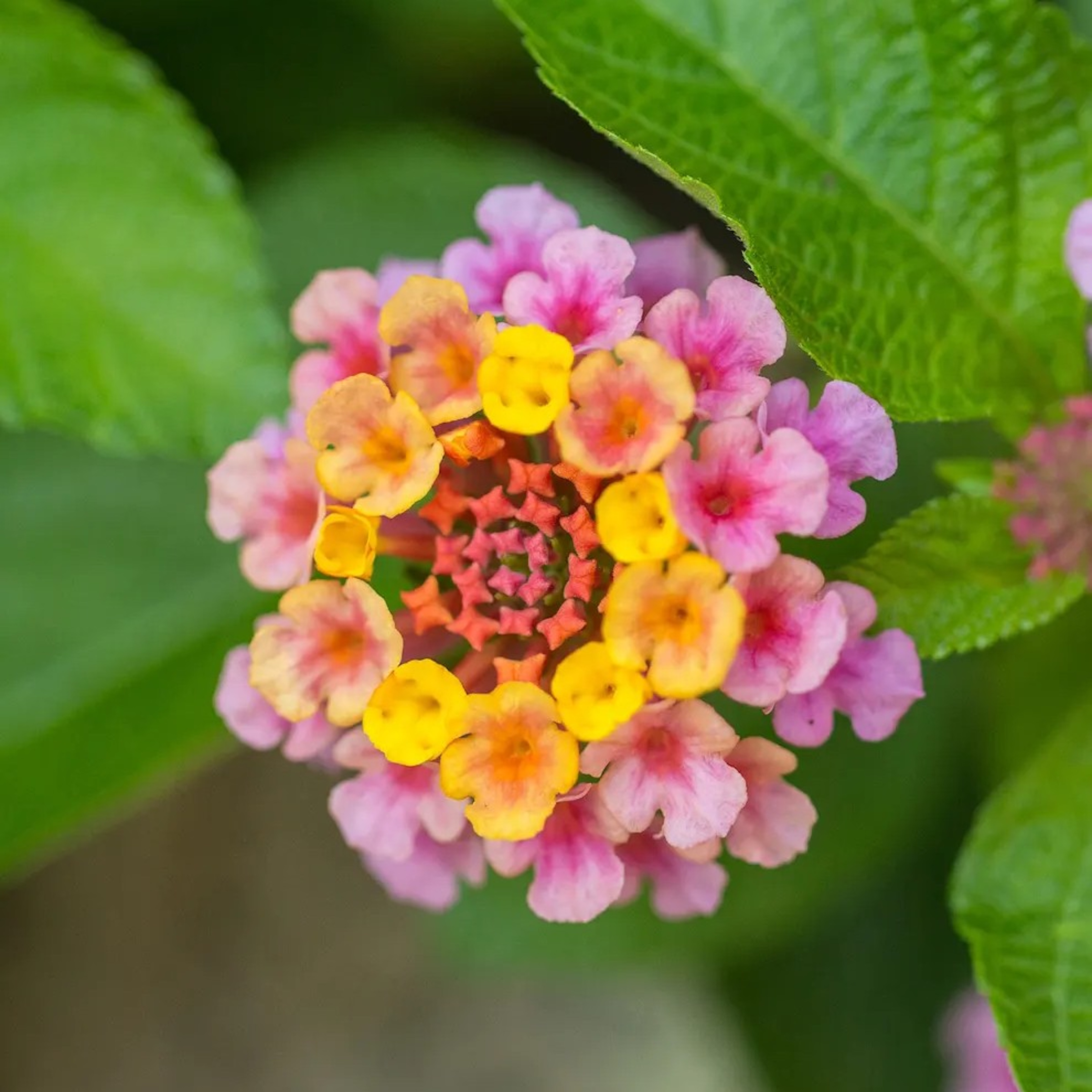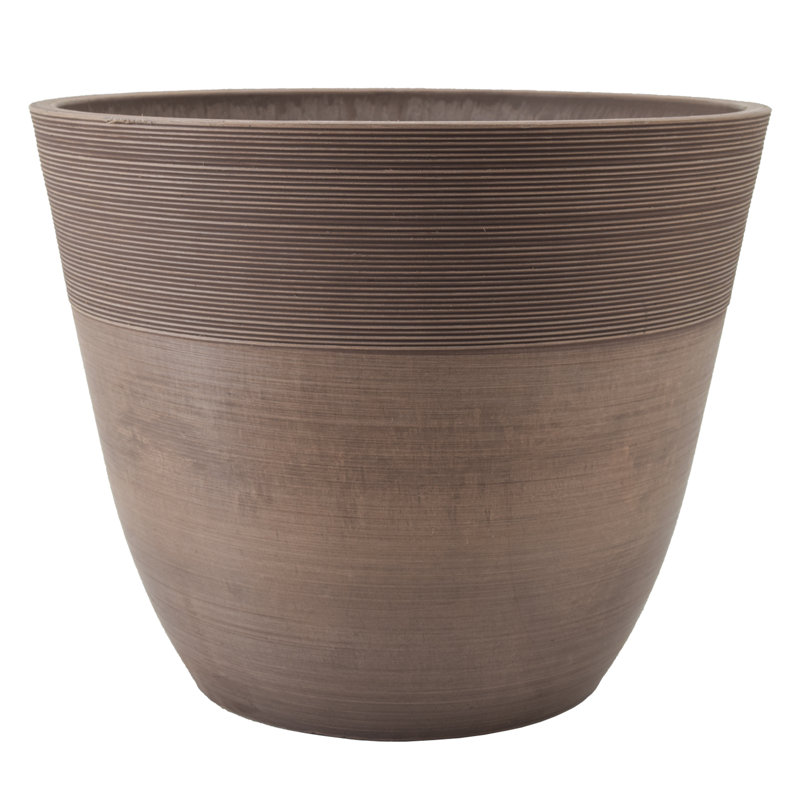How to grow lantana in pots – and transform even tiny gardens with masses of kaleidoscopic flowers this year
For colorful and wildlife-friendly blooms, there can be no better plant than lantana
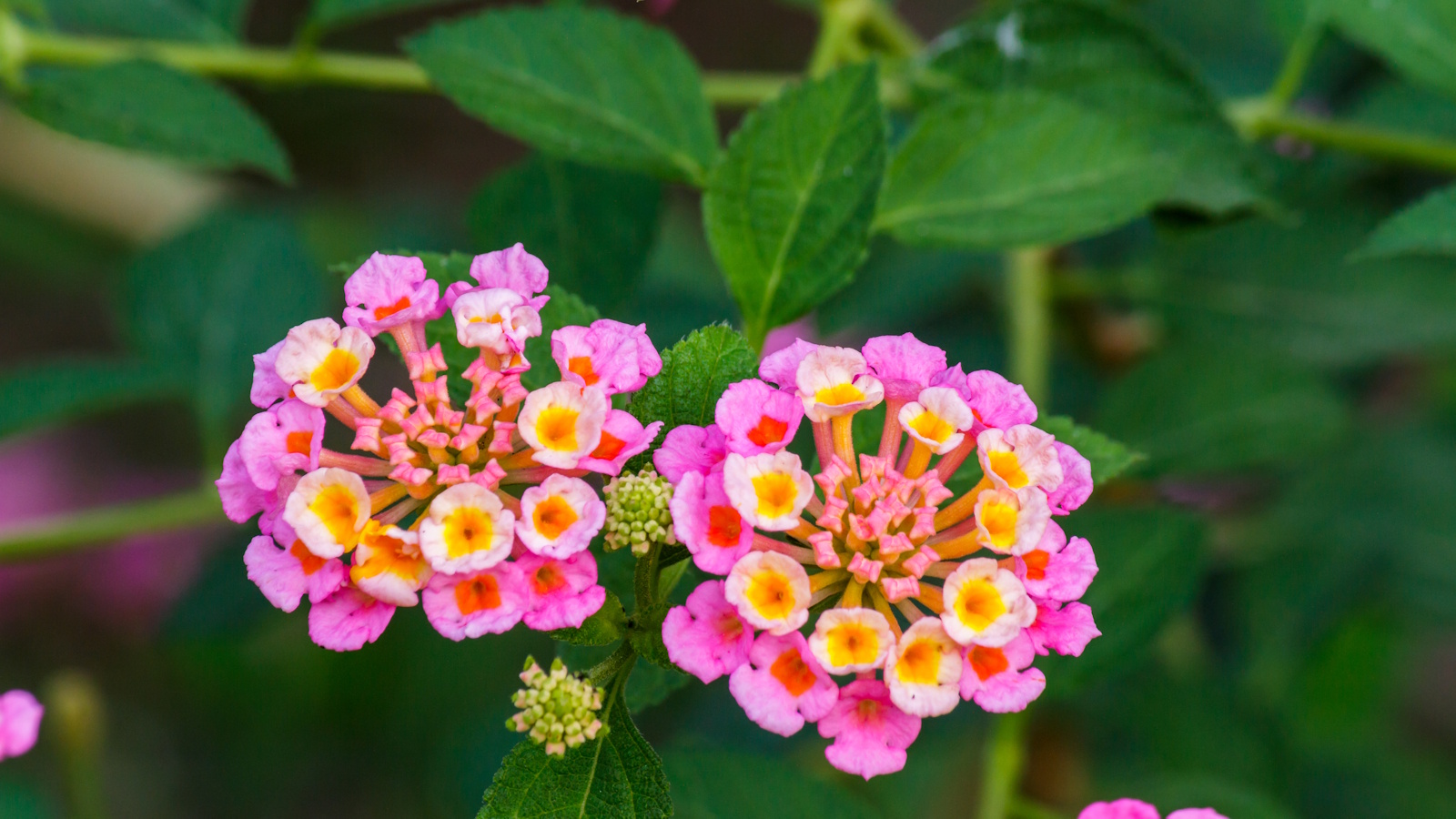

Growing shrubs, perennials and annuals in pots is a good idea if you are short on space. Whether you garden on a balcony, patio or narrow urban plot, incorporating impactful planters can be transformative. It can be hard to pick from the many thousands of plants available, yet one species famed for being low-maintenance and high-impact is lantana.
Indeed, learning how to grow lantana in pots is a great way to maximize color and interest in any-sized space. Native to the Americas, lantana is highly valued for continuous flowering from spring until the first frost, and in warmer climates, they have been known to bloom year-round.
So, if you want to add pink, yellow or red flowers to your yard displays this year, consider learning how to grow lantana in pots. Here, one garden expert from Tennessee reveals all you need to know to encourage masses of blooms that hummingbirds and other pollinators will adore.
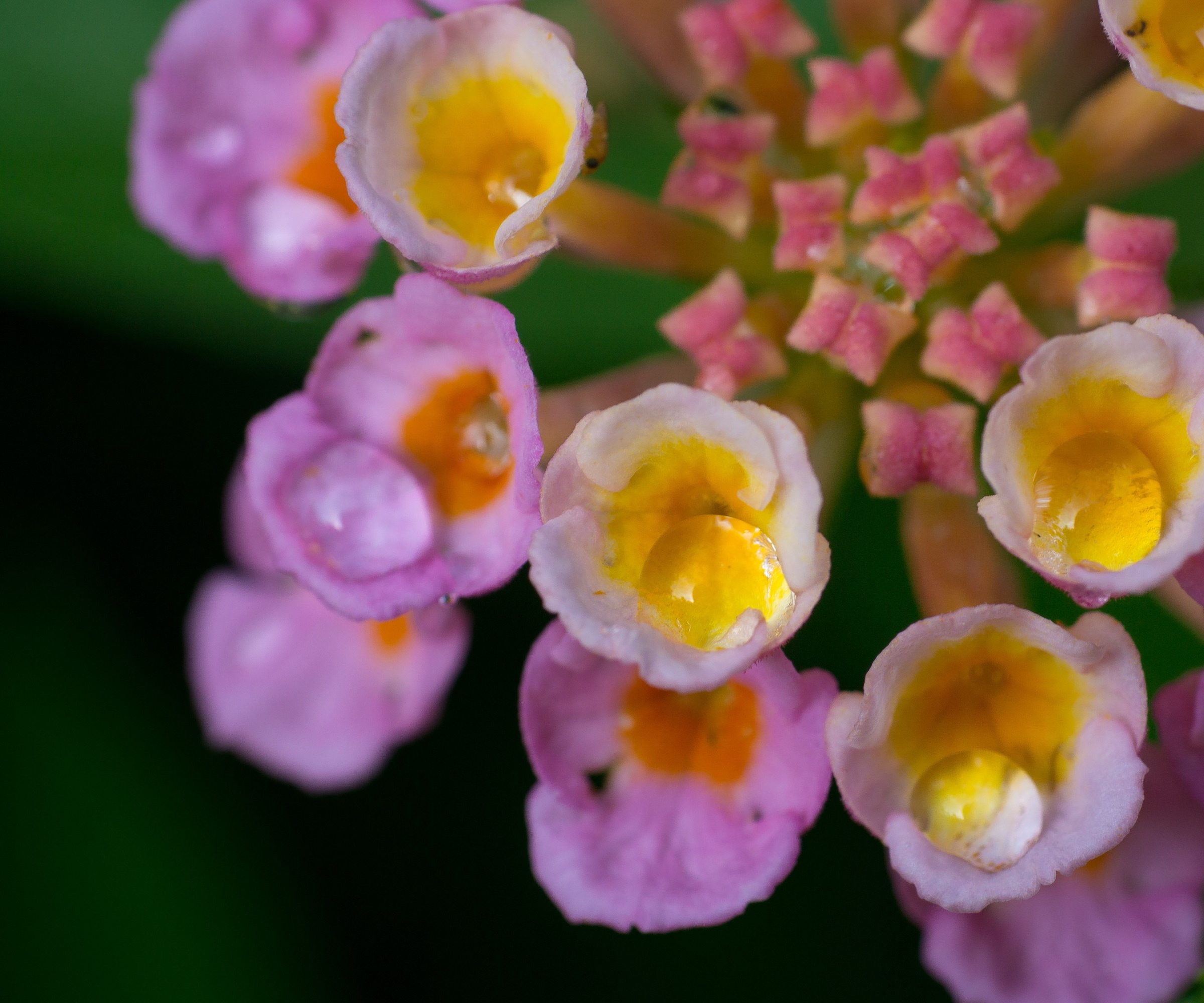
How to grow lantana in pots
If you are looking to inject some joy and color into your yard this year, you won't find much better than lantana.
Considered some of the best perennials and annuals for rainbow-like blooms, these easy-to-grow plants are sure to elevate your container displays.
Growing advice for lantana plants in pots
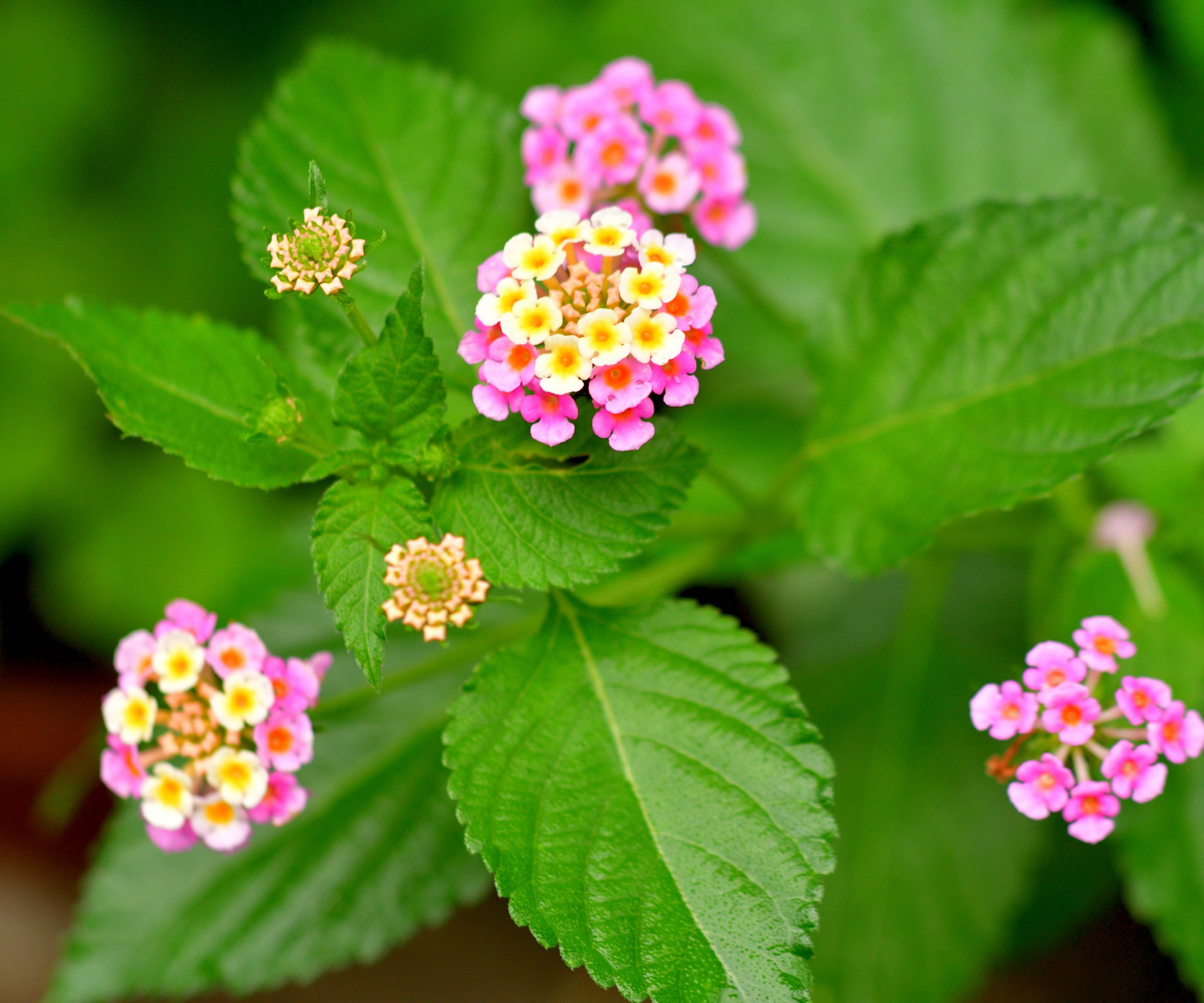
There are approximately 150 species of Lantana found growing worldwide, although the most popular in the Americas is Lantana camara. Native to Central and South America, common lantana is both compact and ideal for container culture, growing to a height of three or four feet.
'For an impactful plant that thrives for all of spring and summer, I highly recommend lantana,' says Tricia Hunt, plant expert and owner of Millstone Nursery, based in Germantown, Tennessee.
'They can be grown as upright or trailing perennials in warmer regions from US hardiness zone 9 plus, but can also be grown in pots as annuals in cooler regions including zone 7 and zone 8.
'Here in the south, lantana will tolerate long periods of heat and drought, and gardeners really value them as low-maintenance and hard-working plants,' Tricia says. 'They thrive in sunshine, so if you are growing in a pot, position them in an open, bright spot.'
Lantanas prefer rich but well-draining soil, so be sure to fill your container with a good amount of drainage material - such as grit or gravel - followed by high-quality potting soil. Try something like this organic potting soil from Whitney Farms, available at Walmart.
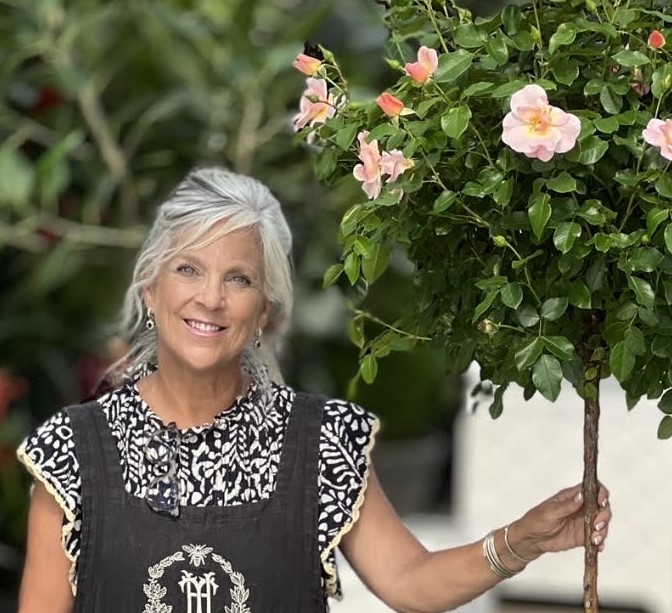
Tricia is the owner and operator of Millstone Market & Nursery, located in the heart of Germantown, Tennessee. Her sweet, Southern-instilled attention to customer service has grown her one-of-a-kind garden center into a destination.
Ongoing care for lantanas grown in pots
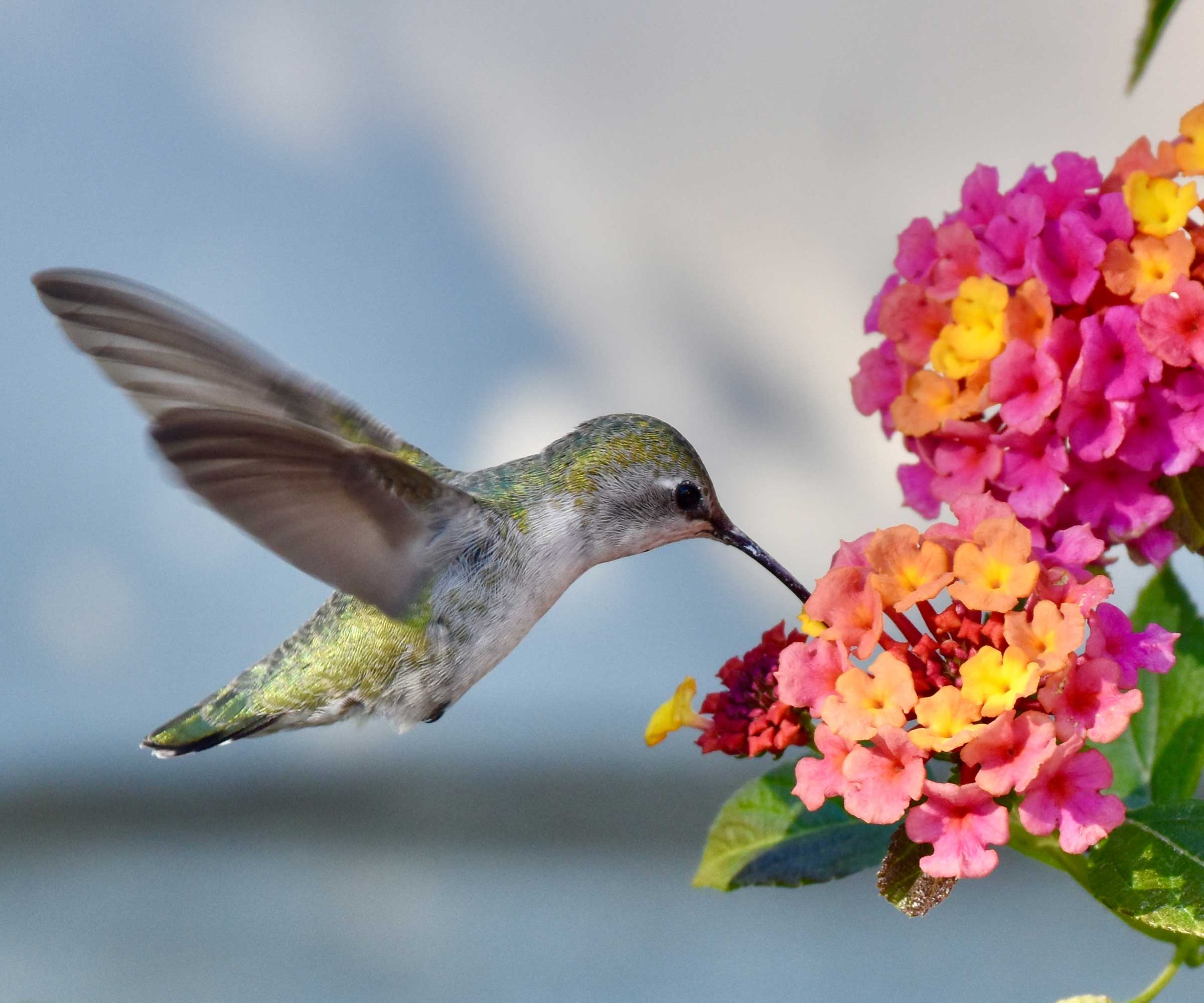
From spring, you should water your pots once a week or more, depending on the weather. In July and August, containers can dry out in one day if the temperature is high, so regularly inspecting your pots and using your finger to test the top inch of the soil will help to keep your plants in good health.
Using high-quality potting soil should remove any need for fertilizing lantana plants, although you might want to use a bloom booster feed to encourage maximum flowering for spring and summer.
This organic Dr Earth bloom booster fertilizer, available from Amazon, is effective and easy to use, with a handy pump action to squirt the right amount into your watering can.
To keep your plants flowering for as long as possible, learning how to deadhead lantana is a good idea. This can be completed as and when necessary, removing faded flowers to encourage repeat blooming and keep your plant looking tidy. This will also prevent your lantana from producing seed, which can help to limit the spread of this vigorous plant.
To note, Lantana camara are considered invasive perennials in Florida, Arizona and Texas, and whilst growing in pots can prevent their spread, always do your research before introducing potentially dangerous species into your yard.
To be sure, check with your local municipality to understand what plants should be avoided.
Lantana varieties to grow in pots
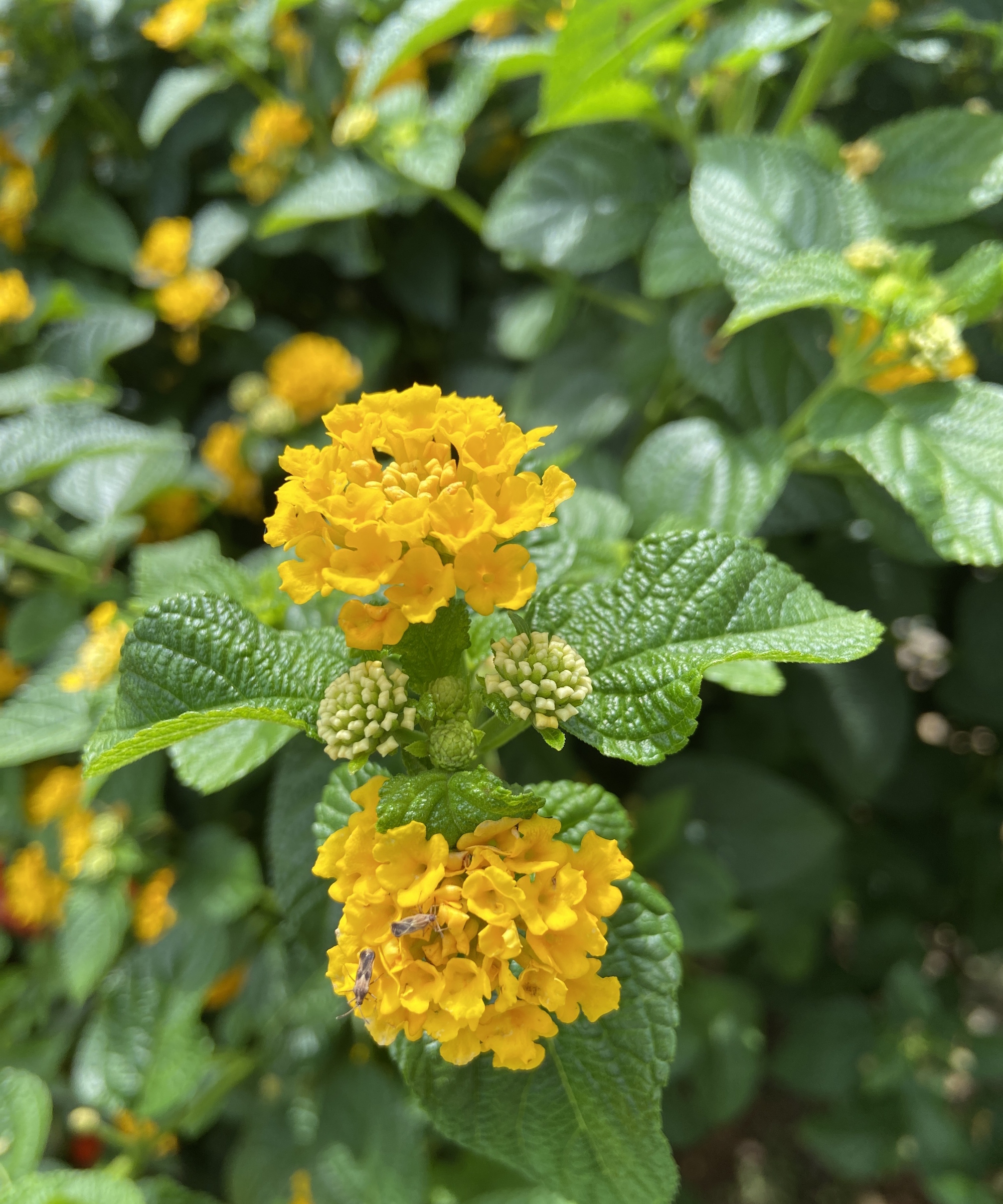
In truth, you can grow any lantana variety in a pot, and there is a great range of colors to choose from. Most will only grow to a height of three to four feet and will be limited in size and spread when grown in pots.
For a vibrant option, consider growing 'Landmark Citrus', which produces red and yellow blooms that would work well in a maximalist border. Live lantana 'Landmark Citrus' plants are available to order from Burpee.
If you enjoy white flowers, try growing 'Landmark White', or for a pink option, try the 'Landmark Rose Sunshine' variety.
There are also several trailing options, such as 'Weeping White' or 'Weeping Lavender', both of which are ideal for tumbling over the edge of pots or cascading from a hanging basket.
FAQs
Why does my pot-grown lantana have powdery, white leaves?
Mildew is a common issue for lantana plants during spring and summer and is easy to identify with white, powdery foliage. Give your pots plenty of room to improve air circulation, as humid environments can encourage mildew. To treat, gently rinse your plants using a hose on low pressure. You can use a neem oil solution as a last resort, but in general, lantana plants can tolerate small outbreaks of mildew without concern.
Is lantana poisonous to cats and dogs?
Yes, all parts of lantana plants are considered toxic to cats, dogs and other pets, including the leaves, flowers and berries. If you have pets at home, it might be wise to avoid growing lantana.
'From dusk until dawn, your lantana pot displays will be full of bees, butterflies and hummingbirds,' Tricia says. 'Heck - you might even spot a hummingbird hawk moth feasting on the sweet nectar - what more could you ask for?'
For more inspiration, see our guide on plants for pollinators to support and attract insects to your borders and pot displays this year.
Design expertise in your inbox – from inspiring decorating ideas and beautiful celebrity homes to practical gardening advice and shopping round-ups.

Thomas is a Content Editor within the Gardens Team at Homes and Gardens. He has worked as a professional gardener for both public spaces and private estates, specializing in productive gardening, growing food and flowers. Trained in Horticulture at the Garden Museum, he has written on gardening and garden history for various publications, including The English Garden, Gardens Illustrated, Hortus, The London Gardener and Bloom. He has co-authored a Lonely Planet travel book, The Tree Atlas, due out in 2024.
You must confirm your public display name before commenting
Please logout and then login again, you will then be prompted to enter your display name.
